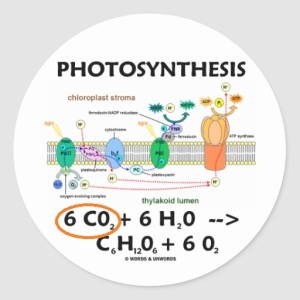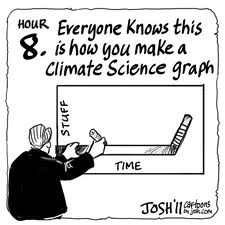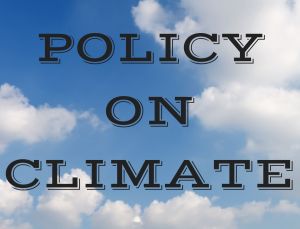
Delving into the technical section (see below), this puzzling statement appeared:
‘One of the main innovations of the dataset is its inclusion of [a named] dataset, which provides regional climate projections covering the land components of the globe by combining two regional climate models and six general circulation models, which were selected to span the widest possible range of uncertainty.’ — Another section is headed ‘Quality assured data’ but surely models with a wide range of uncertainty must include some which are more uncertain, aka inaccurate, than others. What purpose does that serve for policymakers?
– – –
The Copernicus Interactive Climate Atlas, launched by the Copernicus Climate Change Service on 20 February, is set to be an important new resource for policymakers looking to formulate effective climate policy and for other users needing to visualise and analyse climate change information, says the European Commission.
. . .
Let’s get technical
So, how does the Copernicus Interactive Climate Atlas work? The gridded monthly dataset used for the Atlas integrates information from several climatic observational, reanalysis and projection datasets. The data is harmonised across the different datasets and catalogues to ensure standard common definitions and units for each of the variables.
One of the main innovations of the dataset is its inclusion of the CORDEX-CORE dataset, which provides regional climate projections covering the land components of the globe by combining two regional climate models and six general circulation models, which were selected to span the widest possible range of uncertainty. Due to its global continental coverage and higher resolution, this is a strategic dataset for the C3S Atlas, making it possible to analyse climate change in even higher resolution, such as for megacities around the world, for example.
Full article — Copernicus Interactive Climate Atlas: a game changer for policymakers.

























